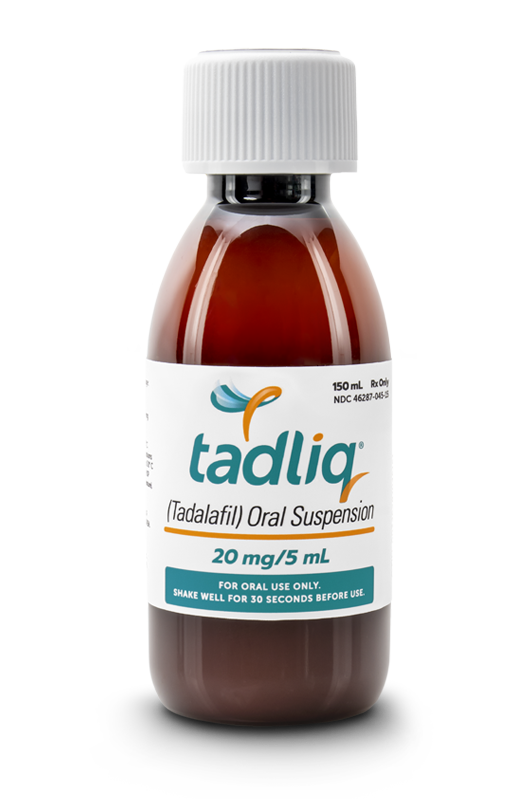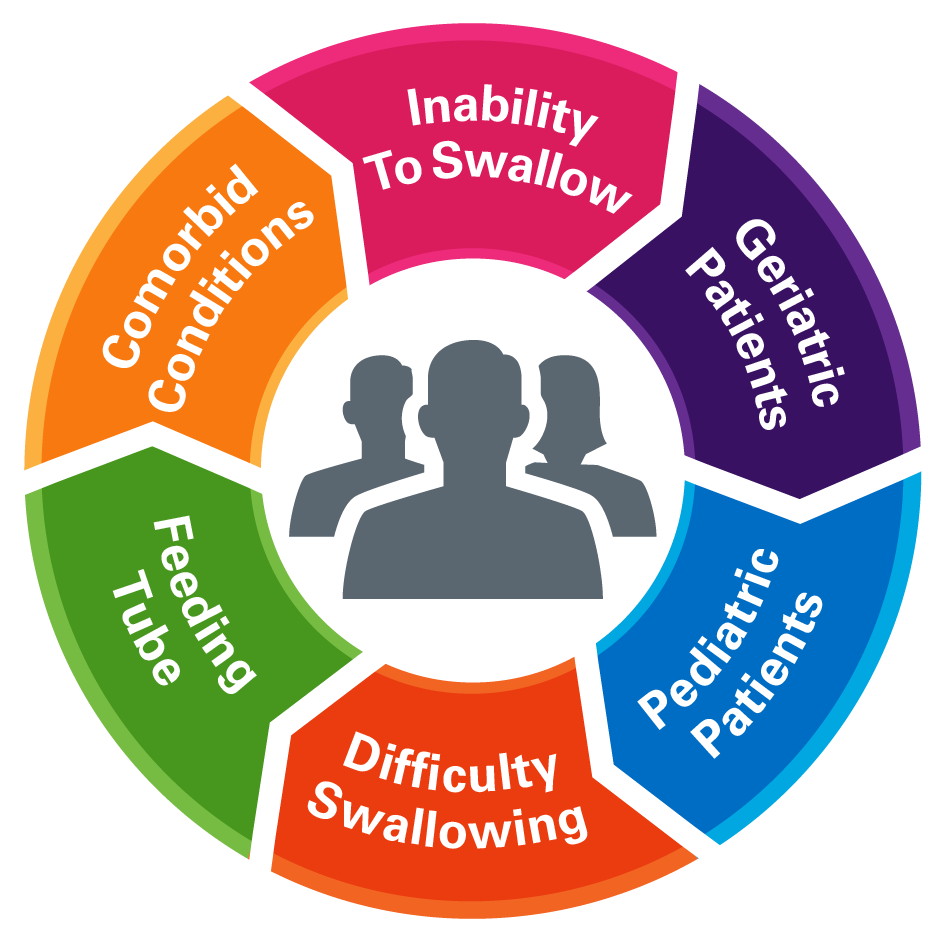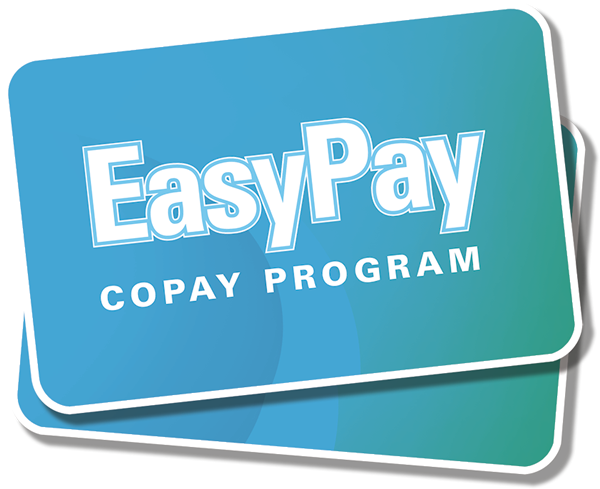THE RISKS AND CONCERNS OF CRUSHING/COMPOUNDING
Patients who have difficulty swallowing are often given crushed/compounded formulations of the prescriptions. However, crushed/compounded formulations can exhibit a wide variation in potency due to non-uniformity of compounded materials. These dosing inconsistencies of compounded suspensions have long been a persistent challenge for pharmacists and patients.4
Crushed/compounded formulations are not tested for safety or efficacy.
Due to fatalities related to contamination, the FDA recently released stricter guidance regarding crushing/compounding and recommended against using crushed/compounded products considered “essentially copies of a commercially available drug product” without permission, especially if an FDA-approved alternative exists.5
1. How to take ADCIRCA. Accessed August 17, 2022. https://adcirca.com/patient/how-to-take-adcirca.aspx 2. Pulmonary Hypertension in Scleroderma. University of Michigan Health. Accessed September 19, 2022. https://www.uofmhealth.org/conditions-treatments/rheumatology/pulmonary-hypertension-scleroderma 3. Gudeman, Jennifer, Michael Jozwiakowski, John Chollet, and Michael Randell. “Potential Risks of Pharmacy Compounding.” Drugs in R&D 13, no. 1 (2013): 1-8. doi:10.1007/s40268-013-0005-9. 4. Kindy K, Sun L, Crites A. Compounding pharmacies have been linked to deaths, illnesses for years. Washington Post. February 7, 2013. 5. Food Drug Administration Center for Drug Evaluation & Research (2016). Guidance for Industry: Compounded Drug Products That Are Essentially Copies of a Commercially Available Drug Product Under Section 503A of the Federal Food, Drug, and Cosmetic Act (FDA, Maryland) 1-8. doi:10.1007/s40268-013-0005-9. 6. Data on File 0003 Tadliq Clinical Study for Oral Bioequivalence and Food Effect. 6. How to take ADCIRCA. Accessed August 17, 2022. https://adcirca.com/patient/how-to-take-adcirca.aspx





